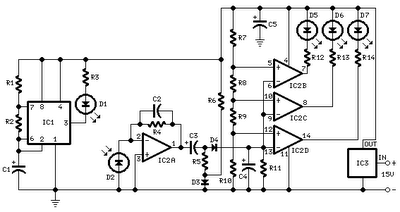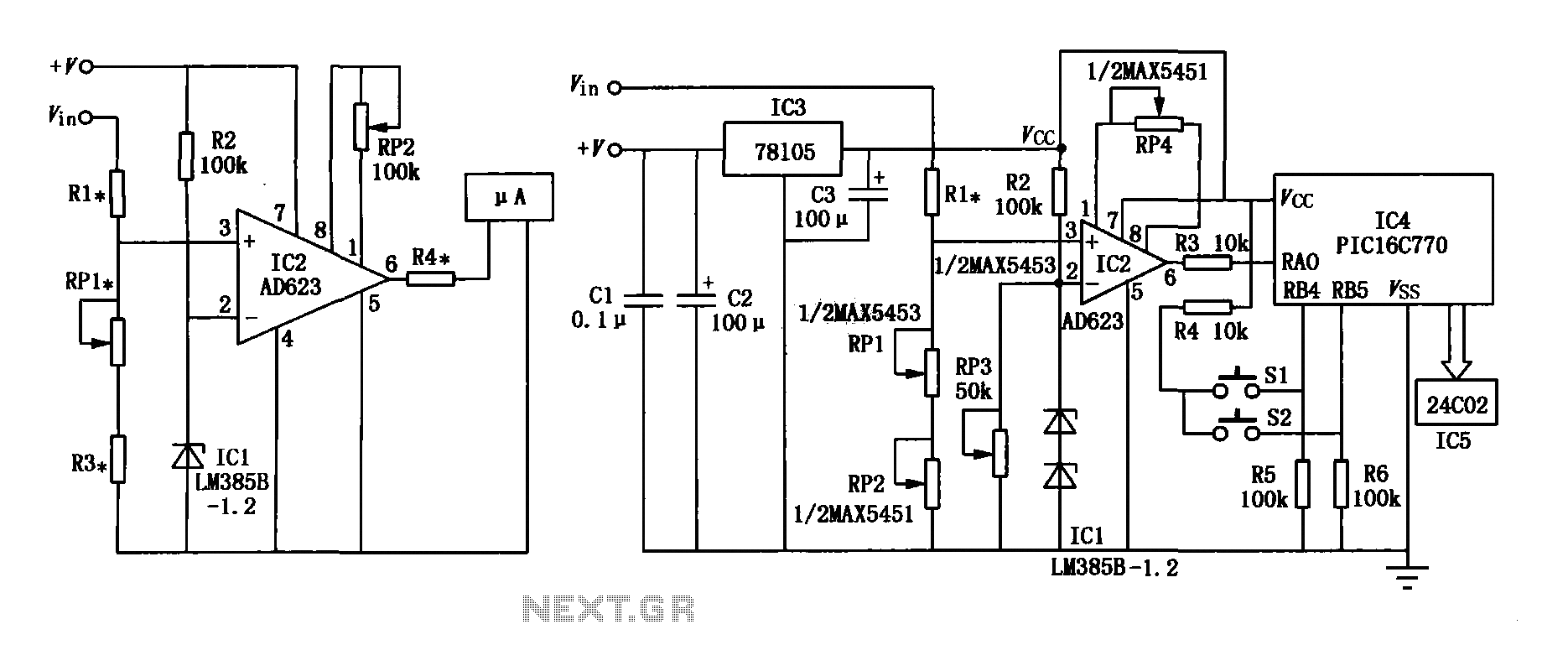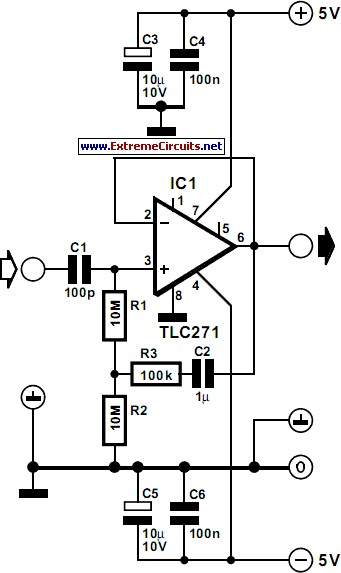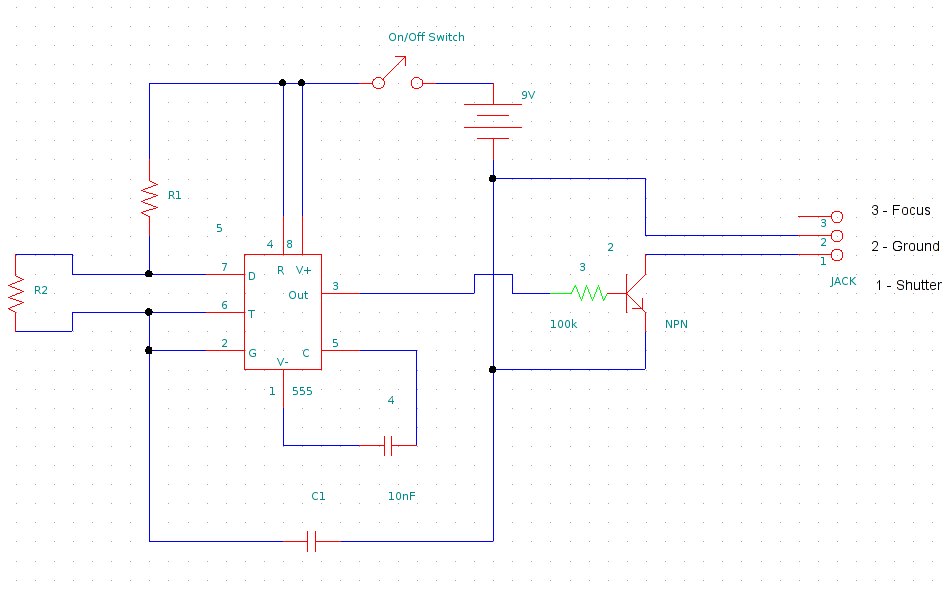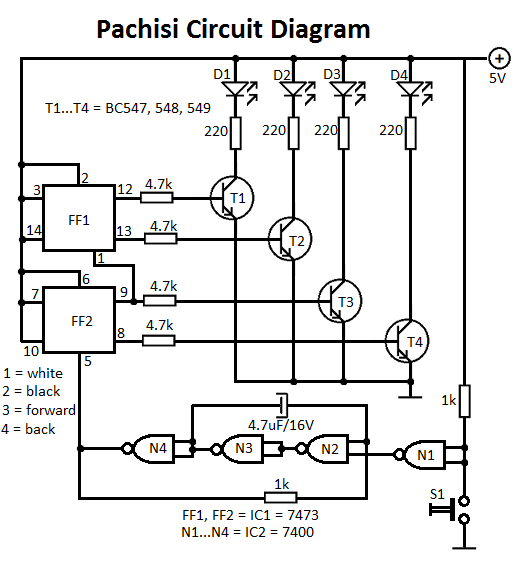
Buzzer Circuit
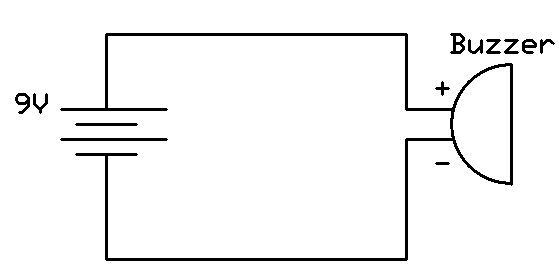
This project involves connecting the positive terminal of the battery to the positive lead of the buzzer and the negative terminal of the battery to the negative lead of the buzzer. Typically, the positive lead of the buzzer is red, while the negative lead is black.
In this simple circuit, the buzzer serves as an output device that generates sound when powered by a direct current (DC) source, such as a battery. The battery provides the necessary voltage and current to activate the buzzer.
To construct the circuit, ensure that the battery voltage matches the operational voltage of the buzzer to prevent damage. The most common types of buzzers are piezoelectric and electromagnetic, each requiring specific voltage ratings. The positive lead, often marked in red, should be connected to the positive terminal of the battery, ensuring a secure connection to facilitate proper operation. Conversely, the negative lead, typically black, should be connected to the negative terminal of the battery.
It is essential to verify the polarity before powering the circuit, as reversing the connections can lead to malfunction or permanent damage to the buzzer. The circuit can be tested by briefly connecting the battery; if the buzzer emits sound, the connections are correct. For added safety and functionality, consider incorporating a switch in series with the buzzer to allow for easy control of the sound output without needing to disconnect the battery.In this project, all we do is hook up the positive side of the battery to the positive lead of the buzzer and the negative side of the battery to the negative lead of the buzzer. The positive lead of the buzzer many of the times is a red color and the negative lead of the buzzer is usually a black color.
🔗 External reference
In this simple circuit, the buzzer serves as an output device that generates sound when powered by a direct current (DC) source, such as a battery. The battery provides the necessary voltage and current to activate the buzzer.
To construct the circuit, ensure that the battery voltage matches the operational voltage of the buzzer to prevent damage. The most common types of buzzers are piezoelectric and electromagnetic, each requiring specific voltage ratings. The positive lead, often marked in red, should be connected to the positive terminal of the battery, ensuring a secure connection to facilitate proper operation. Conversely, the negative lead, typically black, should be connected to the negative terminal of the battery.
It is essential to verify the polarity before powering the circuit, as reversing the connections can lead to malfunction or permanent damage to the buzzer. The circuit can be tested by briefly connecting the battery; if the buzzer emits sound, the connections are correct. For added safety and functionality, consider incorporating a switch in series with the buzzer to allow for easy control of the sound output without needing to disconnect the battery.In this project, all we do is hook up the positive side of the battery to the positive lead of the buzzer and the negative side of the battery to the negative lead of the buzzer. The positive lead of the buzzer many of the times is a red color and the negative lead of the buzzer is usually a black color.
🔗 External reference
